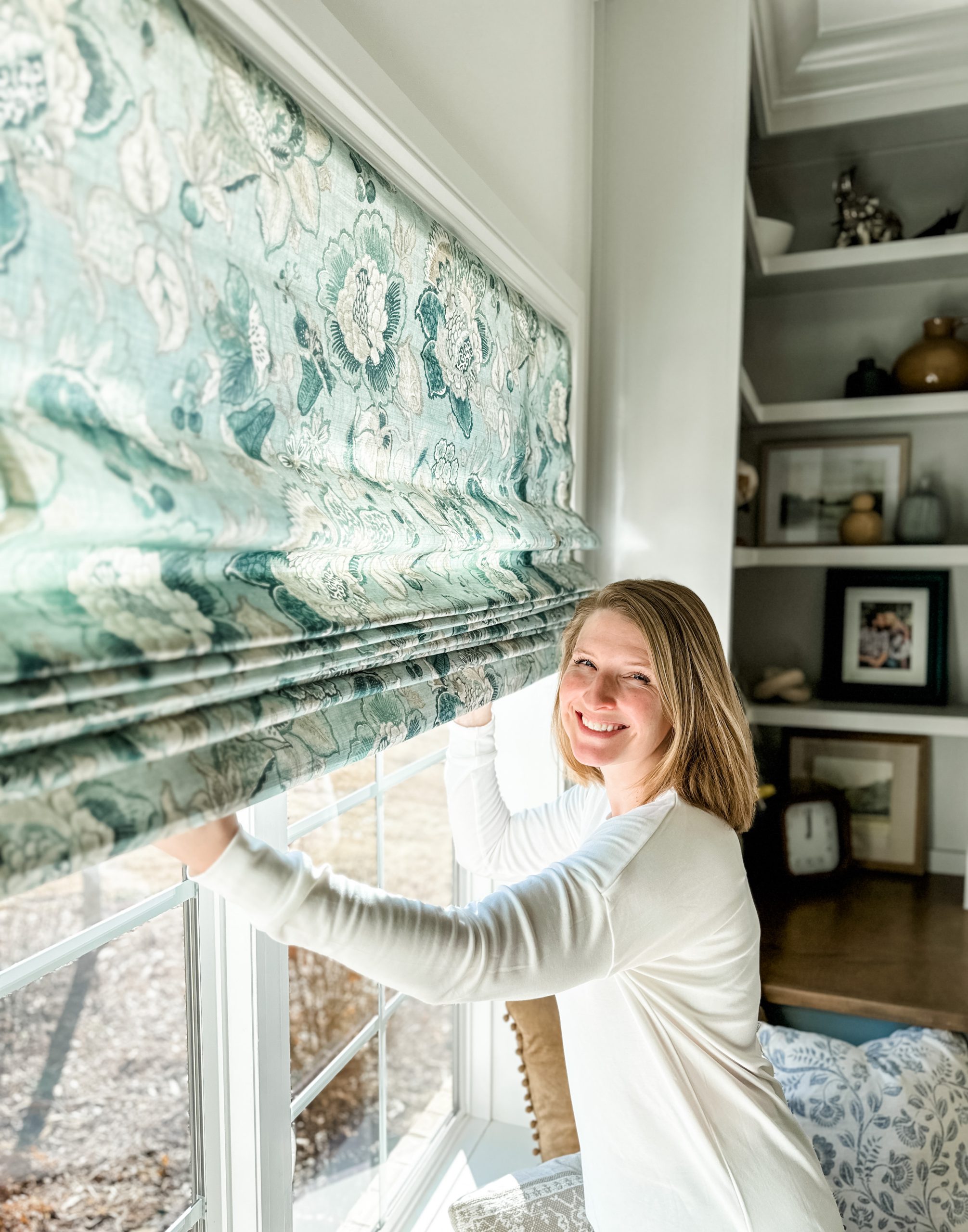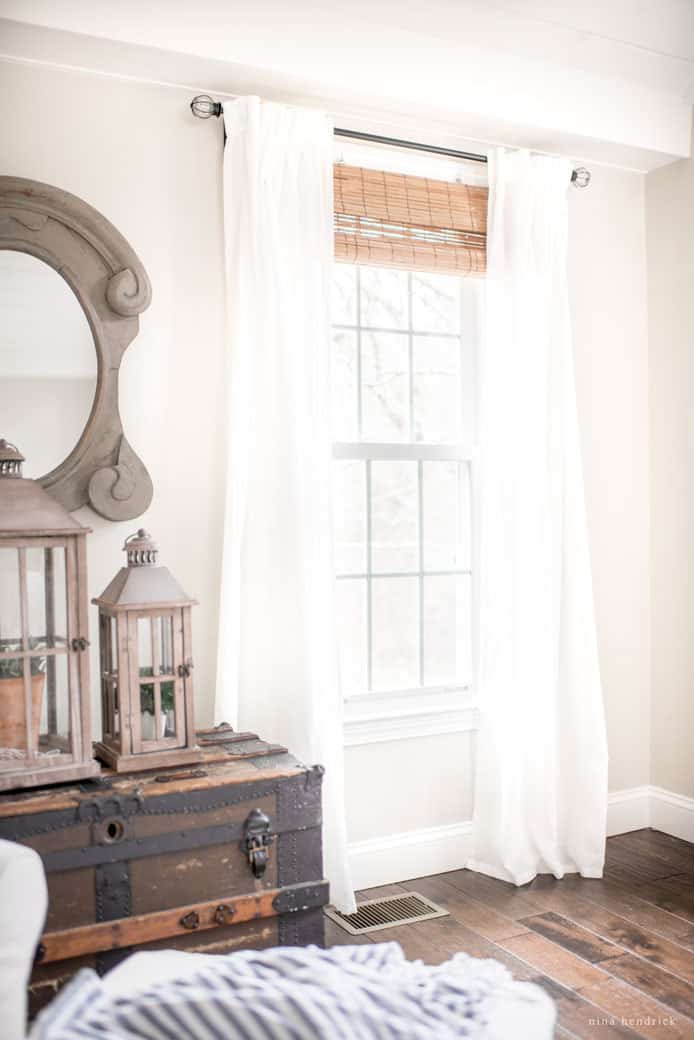The Ultimate Guide to Blinds: Types, Advantages, and Selecting the Right Suitable For You
The globe of window therapies is huge and differed. Blinds are available in various styles, each offering distinctive benefits for various setups. Understanding these options is vital for making educated decisions. Additionally, aspects like material option and room capability play a significant duty. As one takes into consideration the best equilibrium between visual appeals and practicality, the nuances of gauging and keeping blinds also become crucial elements. What should one focus on when choosing the suitable window remedy?
Types of Blinds: A Comprehensive Overview
Blinds work as both aesthetic and functional elements in interior design, using different choices to fit diverse choices and demands. Amongst the most prominent types are Venetian blinds, characterized by horizontal slats that can be adjusted for light control and privacy. Roller blinds, known for their simpleness and convenience, been available in a range of patterns and materials, making them appropriate for traditional and modern-day settings. Upright blinds, generally utilized for larger windows or moving doors, enable for simple change and are often made from textile or plastic.
Roman blinds, with their sophisticated folds, add a touch of refinement to any kind of space, while cellular tones provide insulation and power performance. In addition, bamboo blinds offer an all-natural, eco-friendly alternative, infusing spaces with heat. Each kind has unique attributes and designs, making sure house owners can find the best fit for their details décor and practical needs.
Advantages of Installing Blinds in your house
The setup of blinds in a home offers numerous considerable advantages. They offer enhanced personal privacy control, permitting homeowners to control exposure from the exterior. Furthermore, blinds add to energy efficiency by aiding to handle indoor temperature levels, reducing the dependence on heating and cooling systems.
Boosted Personal Privacy Control
When homeowners seek to enhance their home, installing blinds supplies a substantial benefit secretive control. Blinds offer a versatile service for managing visibility from both the exterior and interior of the home. By changing the slats or raising the blinds, people can conveniently take care of the quantity of light entering while concurrently obstructing the sight from outdoors. This flexibility permits property owners to produce a comfortable ambience without sacrificing natural light. Additionally, various styles and materials are offered, making certain that home owners can pick choices that seamlessly blend with their decoration while enhancing personal privacy. Ultimately, the setup of blinds works as an effective means to safeguard individual space, motivating leisure and satisfaction within the home atmosphere.
Energy Performance Renovation
Mounting blinds not only enhances privacy however additionally substantially adds to power effectiveness in the home. By controling all-natural light and lowering warm transfer, blinds can help maintain a regular indoor temperature. During warmer months, shutting blinds can block out extreme sunshine, therefore decreasing the reliance on cooling. On the other hand, in cooler months, they can supply insulation by trapping warmth, lowering heating costs. In addition, energy-efficient blinds, such as cellular tones, are created specifically to decrease energy loss. By purchasing top quality blinds, property owners can create a much more comfortable living setting while also decreasing energy costs. Eventually, the installation of blinds serves as a practical remedy for those seeking to boost both comfort and power efficiency in their homes.
How to Select the Right Blinds for Each Space
Exactly how can one determine the most appropriate blinds for each and every area in a home? The choice procedure begins with reviewing the room's purpose and setting. As an example, in living locations, flexible blinds that permit light control while making certain privacy are perfect. In bed rooms, power outage blinds can boost rest high quality by shutting out external light.
Kitchen areas and restrooms call for moisture-resistant options to stand up to humidity, making vinyl or synthetic wood blinds suitable options. In addition, the desired visual plays an important duty; collaborating blinds with the space's decor enhances the total setting.
Think about the amount of all-natural light each room receives; lighter blinds might be more suitable for dark rooms, while darker alternatives can add warmth to sunlit areas. Inevitably, recognizing specific needs and choices for performance and design will lead house owners in making educated decisions customized to every area's unique requirements.
Material Options: Wood, Plastic, Material, and Much more

Timber Blinds Benefits
Wood blinds are a preferred selection amongst home owners looking for a mix of visual appeals and functionality. One significant advantage of wood blinds is their all-natural charm, offering a cozy and inviting appearance that enhances any kind of indoor decoration. They are offered in numerous coatings and shades, enabling for modification to match personal design. Furthermore, wood blinds offer outstanding light control and privacy, as their slats can be conveniently adjusted to filter sunlight while maintaining seclusion. Their resilience is another benefit; with proper care, timber blinds can last for many years without losing their allure (Phoenix custom blinds). They have insulating properties, assisting to manage indoor temperature levels and potentially decreasing power expenses. On the whole, wood blinds merge sophistication and practicality, making them a perfect selection for many families
Plastic Longevity Includes
Plastic blinds stick out for their exceptional longevity, making them a practical option for different environments. These blinds are resistant to wetness, making them perfect for areas such as shower rooms and kitchens where moisture can be a concern. Unlike wood, vinyl does not warp, crack, or discolor under sunlight, ensuring long-lasting efficiency and very little upkeep. Additionally, they are available in a selection of designs and shades, enabling home owners to personalize their appearance without giving up longevity. Vinyl blinds are also very easy to clean; a simple wipe with a wet towel is usually enough to maintain them looking fresh. In general, their strength and low upkeep make plastic a preferred alternative among property owners seeking both functionality and visual appeal.

Material Alternatives Review
Blinds can be found in a range of material options that accommodate different visual and functional demands. Typical materials consist of fabric, wood, and plastic, each offering distinct advantages. Timber blinds supply a traditional, cozy visual and exceptional insulation but require upkeep to stop warping. Vinyl blinds are long lasting and moisture-resistant, making them perfect for high-humidity locations like kitchens and restrooms. Textile blinds, offered in numerous shades and patterns, use convenience and softness, boosting home decoration while supplying differing degrees of light filtration. In addition, choices like artificial wood supply the look of all-natural timber with added toughness. When selecting blinds, it is crucial to examine the details needs of each area to guarantee peak efficiency and design.
Measuring and Mounting Blinds: Tips for Success
Determining and mounting blinds might seem uncomplicated, cautious interest to detail is important for achieving a perfect fit. It is crucial to determine the home window framework accurately, keeping in mind both the size and height. For inside places, subtract a small amount from the size to guarantee a clean fit, while outside mounts must prolong additional info past the framework for far better light control and aesthetics. Utilizing a steel measuring tape is advised for accuracy.
When installing, gather all essential tools, such as a level, drill, and screws. Complying with the supplier's instructions is critical to assure appropriate installation. It is suggested to pre-drill openings to avoid damaging the braces. Furthermore, having a 2nd person can make the process smoother, especially when raising larger blinds. After setup, test the blinds to validate they run smoothly and adjust as essential for optimum performance.
Maintenance and Take Care Of Durable Blinds
Correct upkeep and care can considerably prolong the lifespan of home window coverings. Regular cleaning is important; using a soft towel or a microfiber duster can successfully eliminate dust without damaging surface areas. For deeper cleaning, a mild service of soap and water is recommended, look at this website used with a soft sponge, ensuring that no moisture leaks into the devices.
For material blinds, spot cleaning is advisable, while wooden blinds ought to be treated with a wood-safe cleaner to keep their surface. Avoid subjecting callous extreme moisture, warm, or direct sunshine, which can cause bending or fading.
Furthermore, regular evaluation of systems and cords can avoid wear and tear. It's a good idea to comply with producer guidelines for specific products, as different blinds may have unique care needs. By taking on these straightforward maintenance methods, property owners can ensure their blinds continue to be practical and visually pleasing for several years ahead.
Regularly Asked Questions
Can Blinds Help In Reducing Power Expenses in My Home?
Blinds can effectively lower energy expenses in a home by giving insulation, obstructing heat throughout summer, and keeping heat in winter. Their capacity to control light and air flow improves power performance throughout the year.
Are There Child-Safe Options for Blinds?
Yes, there are child-safe alternatives for blinds. These include cordless styles, retractable cables, and safety and security devices that remove dangling cables, making certain a safe setting for youngsters while preserving capability and visual allure in homes.

How Do Blinds Contrast to Curtains or Tones?
Blinds typically offer more precise light control and space efficiency than curtains or shades. Phoenix window coverings. They are frequently simpler to keep and cleanse, while curtains provide a softer visual, and tones can use varying insulation benefits
Can I Customize the Design And Color of My Blinds?
Yes, blinds can be customized in both color and layout. Numerous producers use a vast array of choices, enabling clients to pick products, patterns, and tones that fit their personal visual and home decoration.
What Is the Average Life-span of Various Kinds of Blinds?
The typical life expectancy of blinds varies: timber blinds last 5-10 years, artificial wood 7-10 years, aluminum 5-10 years, and textile tones around 5 years, depending upon use, exposure, and upkeep to sunlight.
Kitchens and washrooms require moisture-resistant alternatives to stand up to moisture, making vinyl or artificial wood blinds ideal choices. Wood blinds supply natural beauty and warmth, while plastic provides sturdiness and convenience of upkeep. One significant benefit of wood blinds is their all-natural elegance, offering a cozy and inviting look that enhances any kind of interior design. In addition, timber blinds supply outstanding light control and privacy, as their slats can be quickly readjusted to filter sunshine while preserving privacy. For click for info fabric blinds, spot cleaning is suggested, while wooden blinds need to be treated with a wood-safe cleaner to maintain their finish.